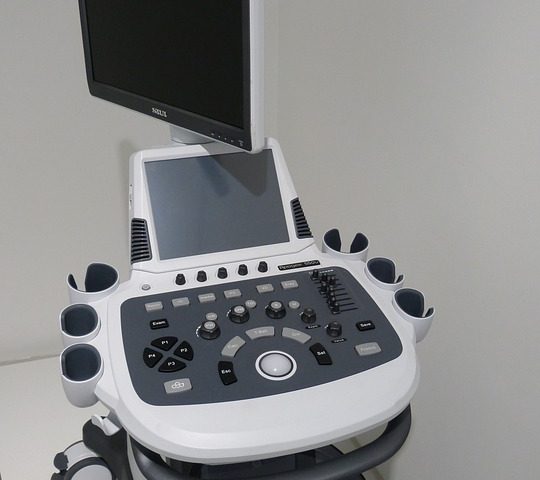Mammograms are key to the early detection of breast cancer. They have saved countless lives over the past decades since the inception of mammography. These days there’s lots of talk about adding an ultrasound to a mammogram for the best means of detecting breast cancer in its earliest stages. Some women are confused by this and wonder if they should ask their doctor to add an ultrasound, too.
According to a recent report from BreastCancer.org, it’s important that women talk with their doctors about the density of their breasts. Previous mammograms will determine breast density, and will categorize it into one of four definitions: mostly fatty, scattered areas of density, consistently dense or extremely dense. You may need your doctor to request this information, however. As of 2015, only 24 states had passed the legislation that requires women be notified of their breast density along with their mammography results.
The report goes on to explain that breasts with less fatty tissue and more non-fatty tissue are deemed dense. Forty-three percent of women in the United States between the ages of 40 and 74 have dense breasts. The report recommends women who fall into the consistently or extremely dense categories talk with their doctors about adding an ultrasound or—in places where it’s available—the 3-D mammogram—to their yearly screenings.
So why is there so much concern over dense breasts? Research has shown that women (and men) with dense breasts are up to six times more likely to develop breast cancer. In addition, breast density makes it harder to find breast cancer in mammography because it appears white on the mammogram—just like breast density.
A study that began back in 2012 included more than 3200 women who had been classified as having dense breasts. Previous mammograms showed no cancer. Additional screening, using both ultrasound and 3-D mammography detected 24 cases of breast cancer among these women. Twelve cases were detected via the combination of ultrasound and 3-D mammography. One was detected by a 3-D mammogram. Eleven were detected by ultrasound alone. False positives—which occur in every study—were deemed “acceptably low.”
Given this important information, women of mammogram age, or those with a history of breast cancer in their families, must learn whether or not they have dense breasts. Their next step is to talk to their doctors about adding either ultrasound or 3-D mammography to their routine tests.
Unfortunately, insurance companies often balk at paying for the additional testing. In many cases, however, they will approve an ultrasound or 3-D mammogram if the initial mammogram shows an area of concern. This isn’t acceptable for women with dense breasts. Those areas that show up for women with fatty or non-dense breast tissue stand a great chance that breast cancer will be easy to see on their regular mammograms. Not so for those women with dense breasts.
It’s still well worth the conversation with a doctor. It’s also worth a conversation with legislators. The best thing women can do, though, is to determine breast density and be prepared to advocate for themselves every step of the way.

